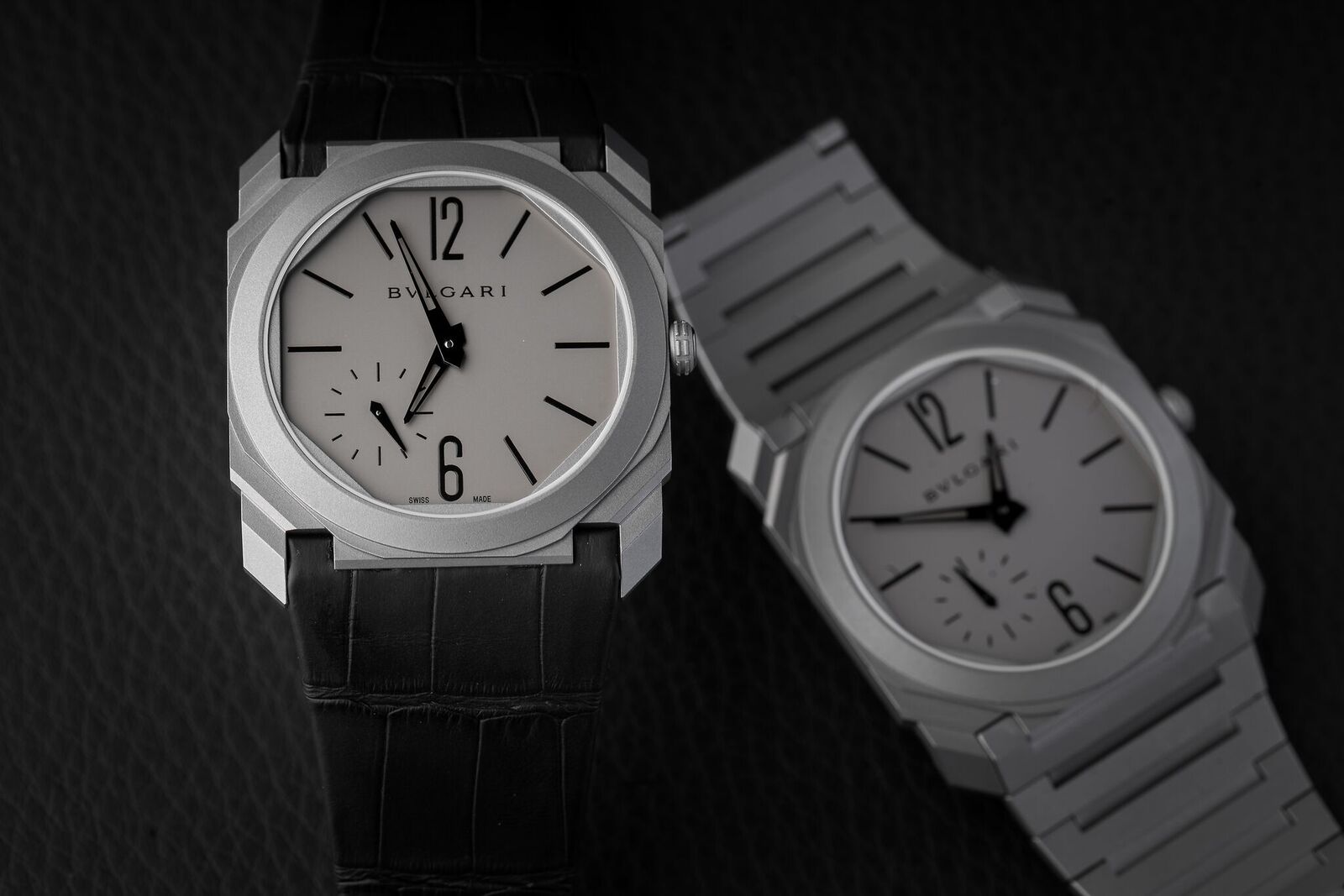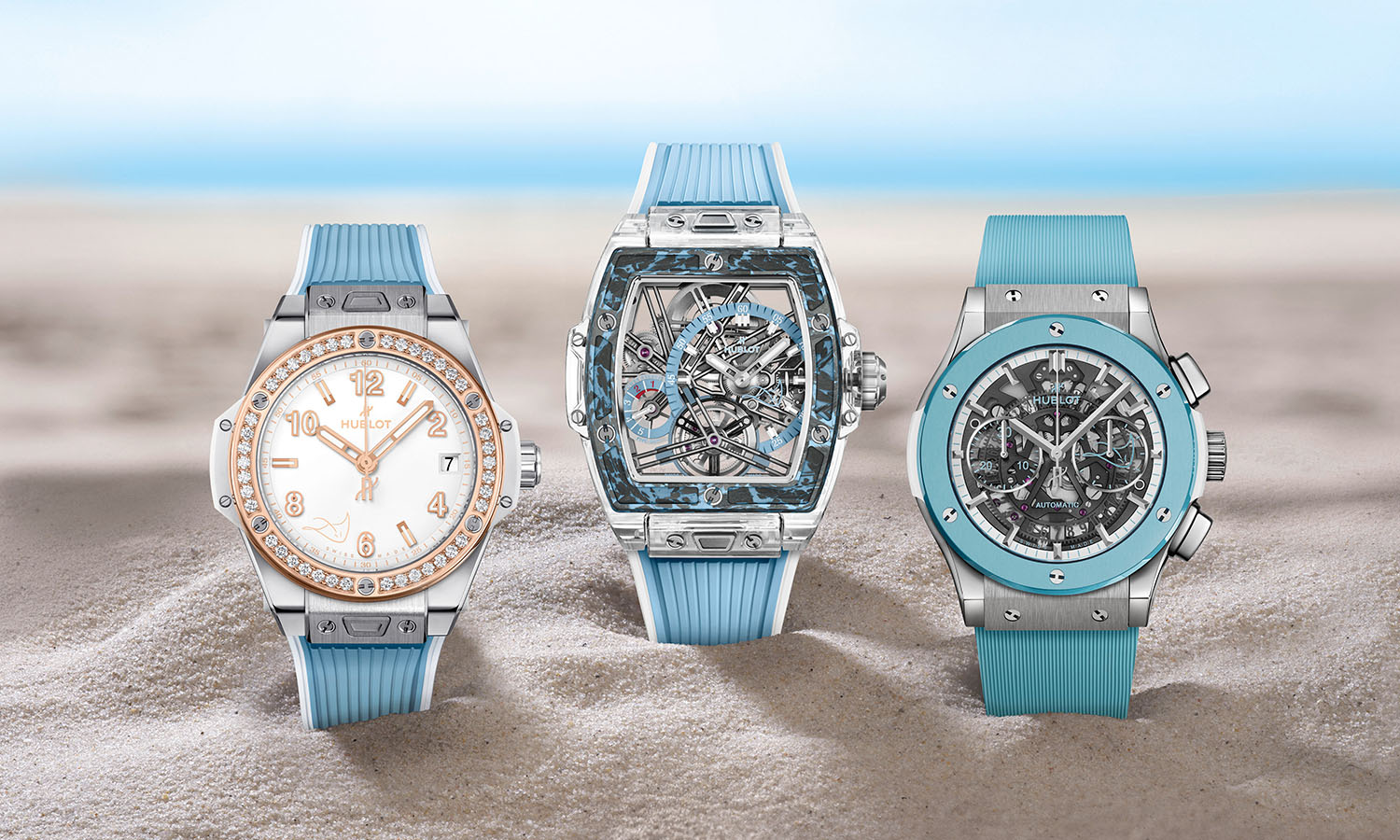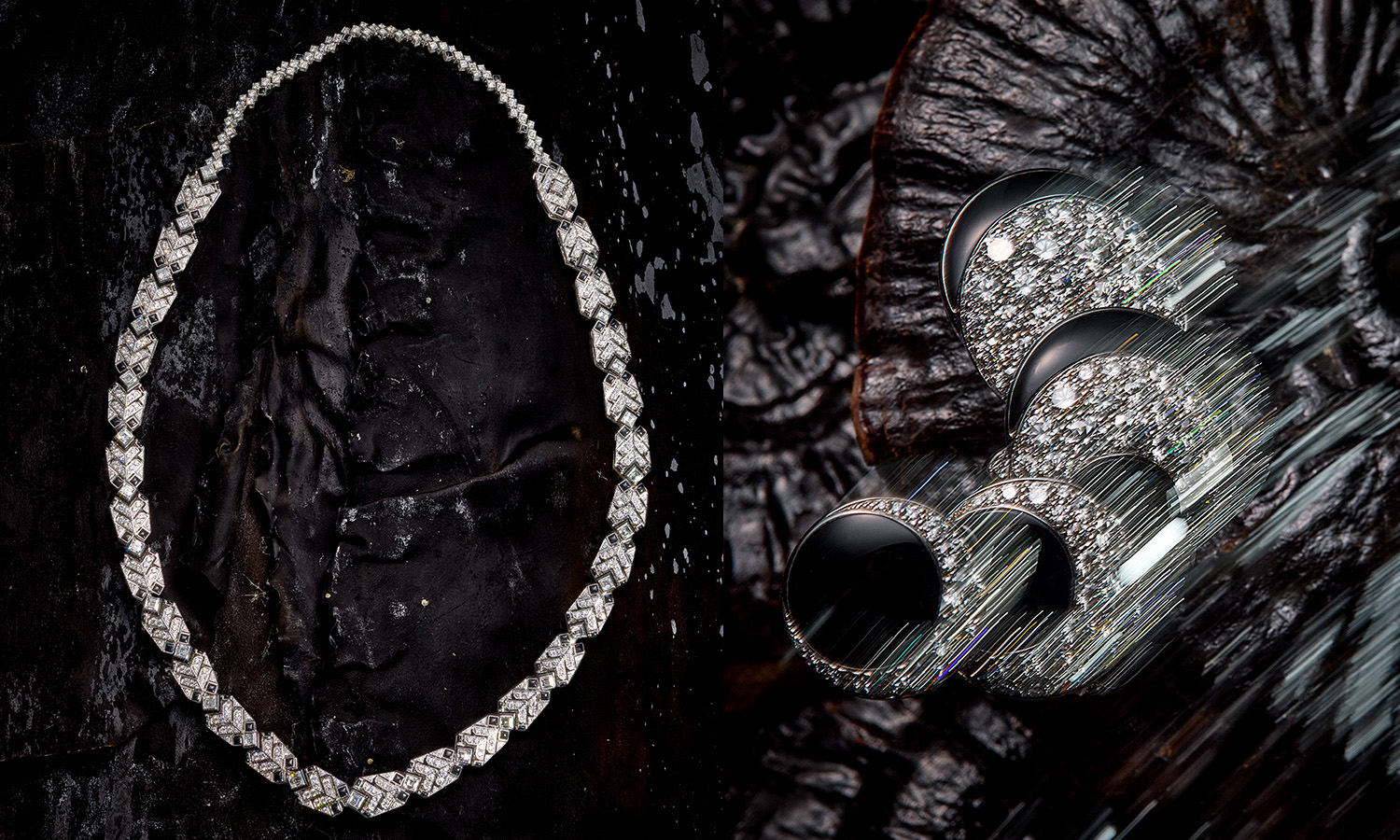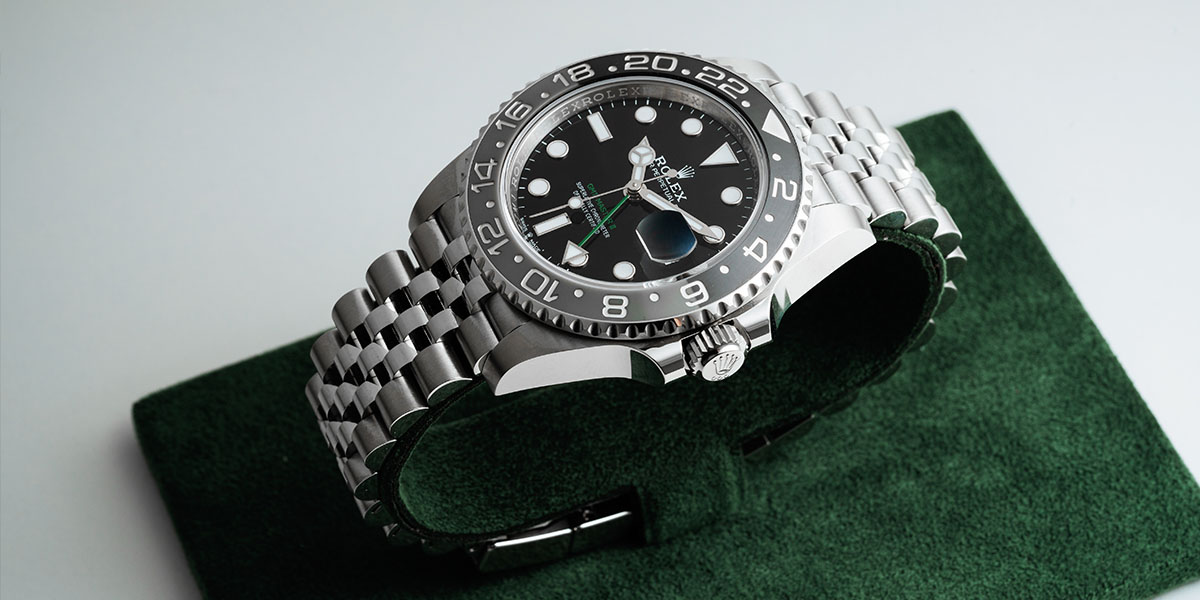
The Challenging Art Of Ultra-Slim Watches
They deserve to be a complication in their own right: ultra-slim watches. Although many of these movements only power two or three hands, making them is pretty much like putting together a watch movement while walking the high wire. It is a constant balancing act, in which it is important to maintain the integrity of the movement while you make it as slim as possible.

There is no official rule or even an unofficial one, that tells a manufacture when they can call a movement slim, or ultra-slim. Yet, to not be embarrassed it pays to keep an eye on the competition before you start flaunting a term like this around. The difficulty is also that it depends on what type of complications you have integrated into the movement.

Reducing the thickness of a watch has been the aim of many watchmakers, but came really to the forefront of the consumer’s mind with the introduction of the manual wind caliber 9P by Piaget in 1957. With a thickness of only 2mm, it seemed almost impossible at the time that this was a functional movement, yet it was and quite a robust one as well. In three years later, in 1960, Piaget even went a step further and introduced caliber 12P, an automatic movement with a thickness of only 2.3mm.
When you went through the trouble of creating an ultra-thin movement, you should also be able to show it off, other wise, what is the point? This creates a whole new set of challenges, as these watches are still strapped on a wrist, and thin cases can easily bend. With such refined movements inside, even the smallest tension can wreak havoc, and prevent the watch from operating correctly.

Yet these challenges seemed to have worked more like an invitation to watchmakers to take them on, rather than to avoid them. Especially when it comes to time-only, tourbillon’s and minute-repeaters, there has been quite the competition in recent years about which brand can develop the slimmest movement and/or watch fitted with this complication. This has resulted in very interesting watches, especially from a technical perspective. When Breguet introduced its Classique Tourbillon Extra-Thin Automatic 5377 in 2014, it not only came with an off-center tourbillon with carriage and balance made from titanium but also with a platinum peripheral winding rotor. The movement of this watch is only 3mm thick, and the overall height of 7mm.

Bulgari is another brand that in recent years have been greatly expanding its collection of ultra-slim watches. It started with the Bulgari Octo Finissimo Tourbillon, whose movement was only 1.95mm thick, followed by the Octo Finissimo Minute Repeater which has a movement of only 3.12mm thick. The Octo Finissimo Automatic that they introduced this year has an automatic movement of just 2.23mm. Just as Piaget often does, they employed a micro rotor to make the automatic watch so slender.

Next to ultra-thin comes too thin, but with the current advancement in technology, we might still be treated on some even slimmer watches in the near future. This also establishes that while it is not a complication, having an ultra-slim movement, preferably the slimmest, is still counted as an Olympic medal in the world of watchmaking.
 SIGN UP
SIGN UP










